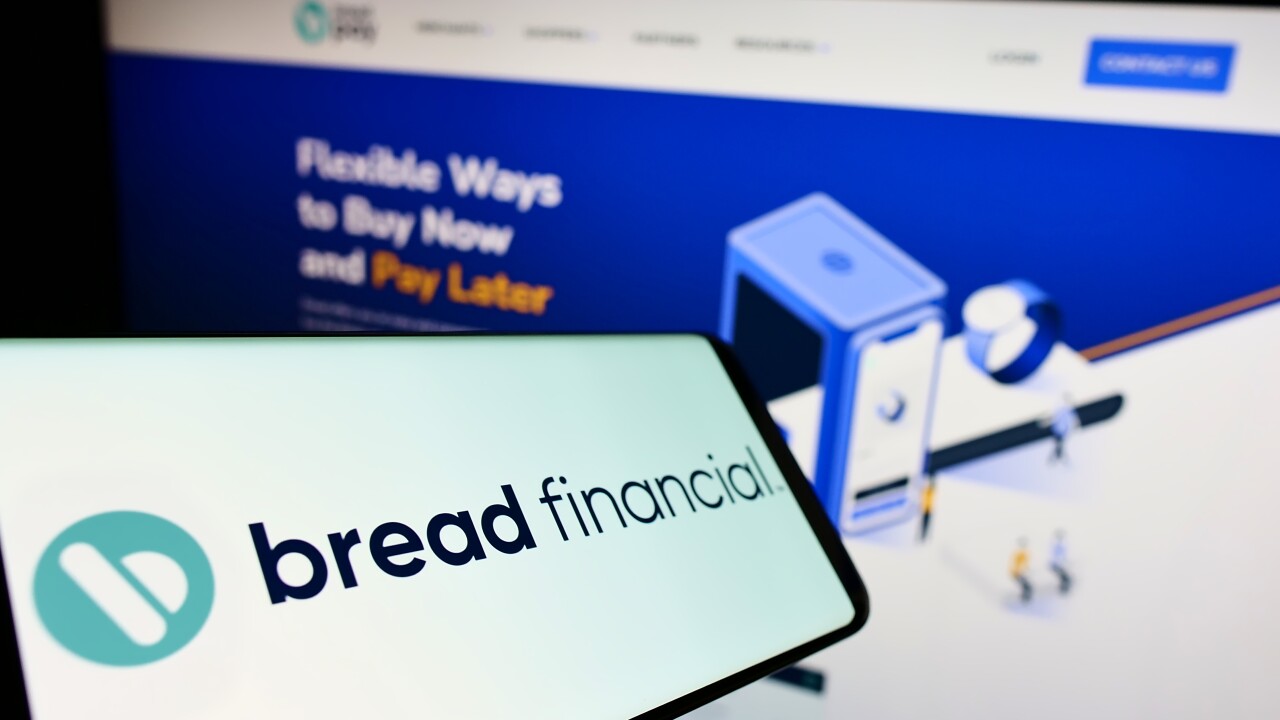CHICAGO — Hoping to convince e-commerce merchants to let Facebook target offers to customers, the social media giant is placing a strong emphasis on “dynamic ads” that include payment buttons.
The company also recommends throwing away old business models that categorize retail revenue as offline or online and instead analyze points of customer interaction, said Martin Barthel, global head of e-commerce retail strategy for Facebook.
“Dynamic ads come into play for broad targeting and zeroes in on the highest probability for the consumer to buy,” Barthel said Thursday during the annual Internet Retailer conference.

A consumer may browse a retailer website and decide not to buy, but is active on Facebook and continues researching the product there, said Barthel, who came to Facebook a year ago after 10 years at eBay.
“We can build a ‘product graph’ on what that consumer is looking for and the retailer can then deliver product ads only to that person [on the retailer’s Facebook page],” Barthel added.
Such interaction falls in line with Facebook's other plans, which include helping retailers expand the use of video in their ads, or utilizing Facebook Messenger more readily to encourage purchases when highlighting certain products or events.
It is also likely that “buy now” payment buttons will turn up in virtual reality settings as Facebook Spaces become another way for the company to partner with retailers to improve customer experiences, Barthel said (Facebook owns the VR hardware maker Oculus Rift).
But Facebook isn’t so ambitious about mobile e-commerce that it intends to stray from its primary role as a social network and advertising platform.
“We have no plans to become the payment instrument, but rather would continue to partner with payment providers to involve them in these types of mobile settings,” Barthel said, noting Facebook has a good relationship with PayPal and other providers.
In that regard, Facebook has not advanced much beyond its person-to-person payment feature in the Messenger app, a product that former PayPal head David Marcus spearheaded when coming to Facebook.
But Facebook delivers impressive numbers to retailers, consumers and payments providers to illustrate its dramatic move from a desktop experience into a “mobile first” commerce over the past five years. Each month, more than 1.94 billion people enter their Facebook accounts, with 90% doing so via a mobile device, Barthel said.
E-commerce merchants also would benefit greatly by developing their own shopping app to complement their advertising, including any presence on Facebook, Barthel said.
Such an approach would help merchants monitor a paradigm shift in which consumer touch points provide the most critical payments or sales data. The most recent research from Facebook indicates 44% of customers still interact with retailers in non-digital ways, but 36% are doing so through mobile devices and 20% through desktop computers.
During the third quarter of 2016, Barthel said, there were 630 million shopping app downloads from the top 10 retailers or marketplaces. Alibaba rose to the top of that list with 51 million downloads, and Amazon came in second at 30 million downloads.
To put Alibaba’s power in perspective, Barthel said Facebook was not allowed to monitor downloads in China, the company’s base. “They were tops globally, without China even included,” he added.
However, Walmart, with its development of Walmart Pay, became the first major brick-and-mortar retailer to make it into the top 10 list with 8 million shopping app downloads. Walmart remains the top e-commerce company at $480 billion in revenue last year.
Mostly, retailers with e-commerce and brick-and-mortar presence have to realize they are entering a new era in their industry triggered by the explosive growth of mobile, which should get more attention than worrying about what Amazon is going to do next, Barthel said.
“When I speak to some retailers they will say mobile is just a hype, and let’s move onto the next topic,” Barthel said. “But I actually think mobile is the most under-hyped topic in retail history.”





